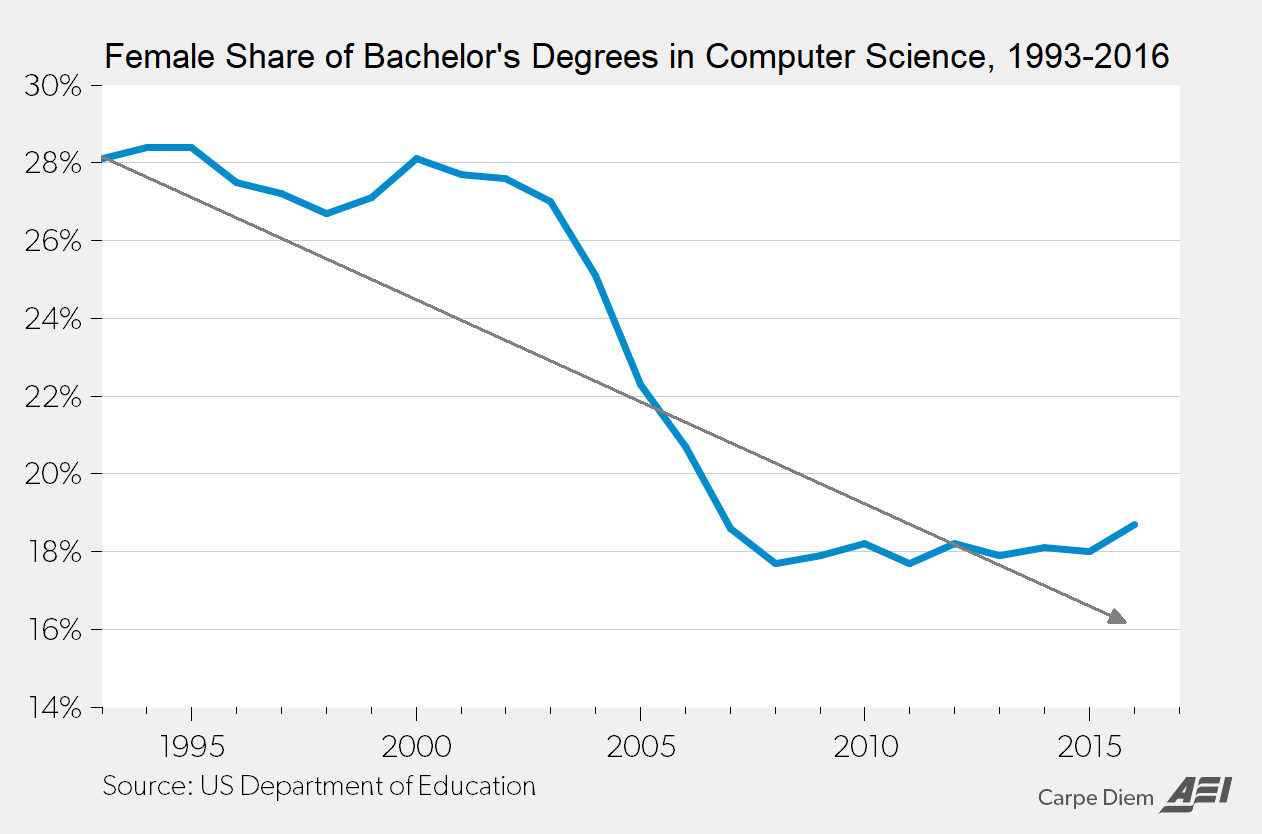
I know – you’re a man, and you actively support female colleagues in technology roles. You’re a modern man, not some knuckle-dragger who secretly or overtly still believes that women are not equal to men. The problem is, the workplace doesn’t seem to reflect this “enlightened attitude”. Gender-based discrimination is alive and well in tech.
I’ve just returned from the Women of Silicon Roundabout conference in London, and it was an inspirational and generally very hopeful event, focussed on Agile development, emerging challenges in fields such as AI and the opportunities available to make technology roles available to everyone interested in them.
I spent time manning a stand (day 1 I was one of the very few men in evidence in a space filled with thousands of female technologists) over the two days of the conference and got to meet some fascinating, very engaged people.
I also had the privilege to attend several workshops, where women talked about their experiences of working in technology roles and tech firms. One of the most interesting sessions I attended was titled “Why are women leaving technology jobs?”. Honestly, I wasn’t aware that they were disproportionately leaving these roles. I’ve been working in technology for my entire career, and in the financial services world for the past 8 years. Where I work, not only do we focus on hiring women into technology roles, we also focus heavily on growth and retention. This approach doesn’t seem to be universal, however. This article in Forbes quotes research indicating that women leave technology companies and roles at a significantly higher rate than their male counterparts. A related infographic on site anitab.org shows that 56% of women quit by “mid-level” citing a Harvard Business Review article from 2008.
As an active Diversity & Inclusion champion in my firm, I was a bit taken aback by how unaware of this particular problem I was. As mentioned, we’ve focused on attraction and retention in my organisation, and while we’re struggling with the first, we’re doing ok on the second in the technology space.
So why were the women in the workshop saying they were seeing colleagues leave or saying they had considered leaving themselves??
- Lack of flexible working options – not a new issue, but apparently still an unresolved one in many firms
- Pay disparity – while this is a somewhat disputed topic in certain areas, these women quoted verified pay gaps between them and male peers doing the same job
- No platform to be heard – women often feel they are invisible or their contributions are glossed over in meetings
- Glue work – there is an ongoing expectation in many firms that were represented that women will organise meetings, take notes, and generally do non-day job tasks that their male colleagues often don’t
- Culture – male-dominated cultures, where promotional and growth opportunities do not seem to be fairly distributed
What a lot of these things result in is a form of background radiation, or institutionalised discrimination against women working in technology roles. Over time, the cumulative effect is to drive women out of software and hardware engineering, systems administration, cloud development and other tech-heavy roles. These women are not necessarily leaving the workforce to have families – they may do, but when they return to work, they often pursue non-technical career paths.
This has huge implications for leadership teams and for the development of technology products and services. It has been demonstrated time and again that management teams and boards that have a more balanced gender makeup than all-male teams are more successful. There is a significant amount of research available in HBR and other publications which shows that this applies across many different industries. Companies know this, which is why management teams try to attract female talent, and in the tech world that is particularly challenging since the input pipeline is also drying up.

The input pipeline will take time to address, and there a number of organisations working in schools and universities across the globe trying to do this, including Stemettes and Code First for Girls here in Western Europe.
So, what can we men do about helping to retain female technologists once they enter the workplace?
As managers and team leaders, we have to make inclusivity the default position. Agile practices can actually help with this, as scrum and stand-up calls typically require everyone to speak, even if to say they have no update.
We can provide flexible and shared working options for women who want to start families. We can ensure that the people who work for us, regardless of their gender, ethnicity or orientation are fairly and equally paid for performance. This doesn’t mean that everyone is paid the same – it means that there are clear rules for how pay is determined and that they are demonstrably fair. If people are doing the same job to the same standard, they should be paid equitably; this is often difficult to achieve when men are often stronger negotiators when it comes to salary.
We can also make sure that the opportunities for plum assignments are fairly distributed, and that the grunt work is also handled this way. While junior members of staff may end up with more administrative than technical work when they are learning, it is important that everyone take turns doing the less desirable tasks (taking notes, organising meetings, getting coffee orders).
It seems weird to me that we’re still having this conversation in 2019. Based on what I heard from women in many tech disciplines over the two days in London, it may be a long time before we manage to introduce true equality into technology workplaces. On that basis, we men have to keep doing what we can to ensure that our female colleagues have an equal place in technology. I’d love to hear your thoughts on what else needs to be done.
|
|


I think to solve this problem, a number of things must be done.
– The first and most important step in solving this is to treat women very well. Assigning them to high impact projects, making their achievements and ideas well known to higher up members of staff, making them understand and feel that their contributions to the team are highly valued, listening to them, preparing them for promotions and also giving them good managers and teammates.
– https://hbr.org/2010/09/why-men-still-get-more-promotions-than-women?source=post_page—————————
that is an article highlighting the common issues and how ‘mentoring’ fails here.
– Grooming women for senior roles is also something that should be taken into consideration. Training of some sort or a detailed career path.
– Eliminating every form of a salary gap is very important. There are so many studies on this and its a big issue.
-Valuing their contributions, also assigning them to crucial tasks and giving women platforms to succeed.
– Making use of company data to generate more insights on the various differences between men and women at the workplace.
This is just a start at solving a very big problem.
Thanks for your comment, David. I appreciate the fact that you’re thinking about the importance of this topic at this stage of your career and thank you for sharing the HBR articles.